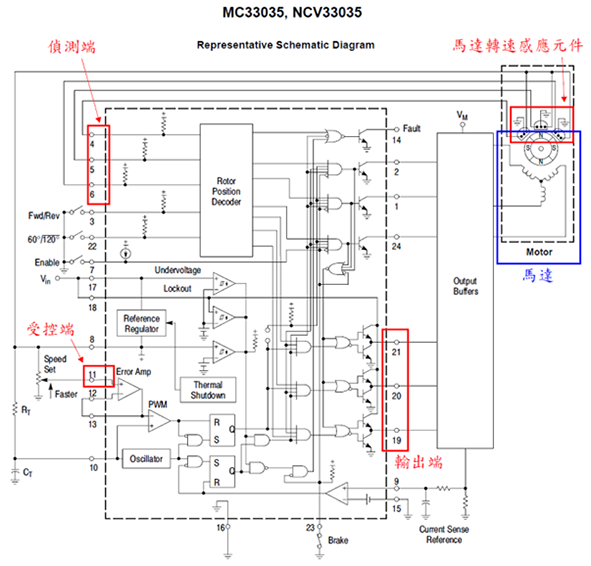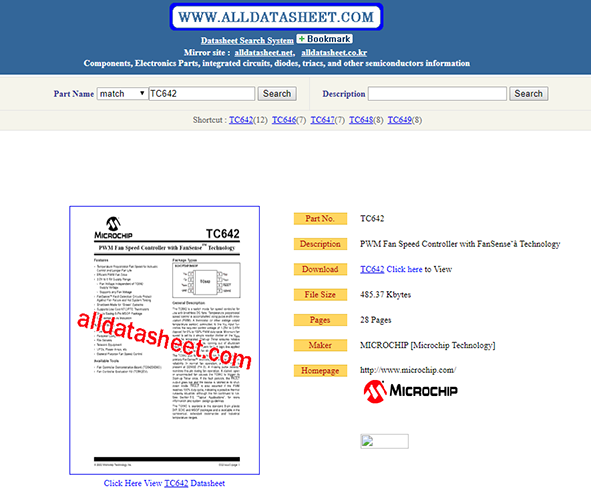Wayback Machine Aids to
Ascertain Prior Art Availability Date
Cooler Master Development Corp. (“CoolerMaster”) owned Taiwanese utility model No. M409648 (“UM in dispute”), entitled “multi-segment speed control device of fan motor,” the application for which was filed on December 24, 2010. The novel idea on which the patent was based was a driving unit in a control device comprising an IC, a multiple control unit, or a chip. Enermax is a competitor engaged in the same industry. Represented by Taipei-based law firm Tsai, Lee & Chen, Enermax initiated an invalidity action against the UM in dispute. After a review followed by a public hearing, the Taiwan Intellectual Property Office (“TIPO”) determined CoolerMaster’s UM in dispute to be invalid.
While TIPO ruled in favor of Enermax, its ruling was not necessarily entirely to Enermax’s benefit either. On one hand, as a result of TIPO’s decision, CoolerMaster’s utility model was invalidated. Claim 1 of the UM in dispute involved a control device comprising five elements, one of which was a “multi-segment switch.” CoolerMaster attempted to narrowly interpret this specific element as being not a general, but a “mechanical” multi-segment switch, a tactic which failed to overcome TIPO’s rejections. The result of the proceedings was that all 10 of CoolerMaster’s claims were rejected by TIPO and the utility model was revoked on account of lack of inventiveness, as CoolerMaster could only provide a schematic diagram of the motor control device (“Exhibit 2”). Nevertheless, TIPO declined to accept two pieces of evidence which Enermax used in its argument to disclose three elements of Claim 1. These were a Wayback Machine screenshot for chip TC642’s datasheet (“Exhibit 3”) and a past version of the same datasheet found on www.arrow.com, respectively (“Exhibit 3-1;” not shown here). TIPO did not accept this evidence as it contained no credible dates of publication.
After having its utility model invalidated, CoolerMaster filed a lawsuit with the Taiwan Intellectual Property Court against TIPO’s decision. Enermax joined as a third-party intervener. The main points of attention in the litigation were the evidence admissibility of both Exhibits 3 and 3-1 and the claim construction for the element, the “multi-segment switch.”
The IP Court’s treatment of Exhibits 3 and 3-1 differed significantly. The court verified the source webpage for chip datasheets, which was www.alldatasheet.com, via the Wayback Machine, which showed that the chip TC642’s datasheet as a full document of 28 pages was publicly available for download since February 21 of 2007; this was before the filing date of the UM in dispute. Although the hyperlink on Exhibit 3 (“Click Here View TC642 Datasheet”) could no longer direct a user to the full document, the fact that it was previously available could in no way suggest that the webpage, as recorded by Wayback Machine, never existed in the first place. The Wayback Machine’s automatic snapshot system should not be distrusted simply because it did not save some pages on the Internet due to various causes outside of its control. Given this reasoning, the IP Court found Exhibit 3 admissible.
As for Exhibit 3-1, the court denied its evidentiary capability because the Wayback Machine did not have the date of availability on record. Although Exhibit 3-1 showed the word string “Data Published 31 JAN 2001” on the Notary printed webpage, the court remained doubtful as to whether it indicated the availability date for either Exhibit 3-1 or other information on the webpage as there were no more corroborative references for the court to cross examine.
The next item of attention to which the IP Court turned was matter about which it determined TIPO was in error, namely, TIPO’s interpretation of the claim regarding the narrowed interpretation for the UM in dispute from a “multi-segment switch” down to a “mechanical multi-segment switch.” In both the specification and the claims, CoolerMaster failed to mention the “mechanical” nature of the switch in question, while also failing to provide instructions regarding the use of the switch, which it decided to regard as simply mechanical and non-electronic. According to the description provided by CoolerMaster, the technical means of the UM in dispute was to replace pulse width modulation (PWM) with a constant voltage, regardless of any use of a mechanical control switch. Any switch able to selectively connect a resistance element to the constant voltage source and also serve as a replacement for PWM would be an ideal switch. A mechanical, electronic, or other kind of switch was covered in the literal scope of “multiple switch” recited in Claim 1. The court therefore held that TIPO had wrongfully narrowed the scope of the claim language.
The proceedings concluded with the IP Court determining that all of the 10 claims of the UM in dispute lacked inventive step. Even though the IP Court’s reasoning did diverge from that of TIPO, it affirmed TIPO’s decision to invalidate the UM in dispute.
Despite the IP Court’s ruling, this case has not been definitively concluded because the plaintiff Cooler Master filed an appeal in January of 2020.
It is important to note that the case involving CoolerMaster and Enermax was the first in a series of 11 cases in which TIPO held public patent invalidation hearings pursuant to the recently amended Article 59 of the Administrative Procedure Act. Another aspect of the Act is that it allows a party which is unsatisfied with an invalidity decision to directly file a lawsuit with the court to seek judicial remedy, thereby sparing that party from having to undergo an administrative appeal at the executive agency against which the lawsuit is being filed.

EXHIBIT 2

EXHIBIT 3
|